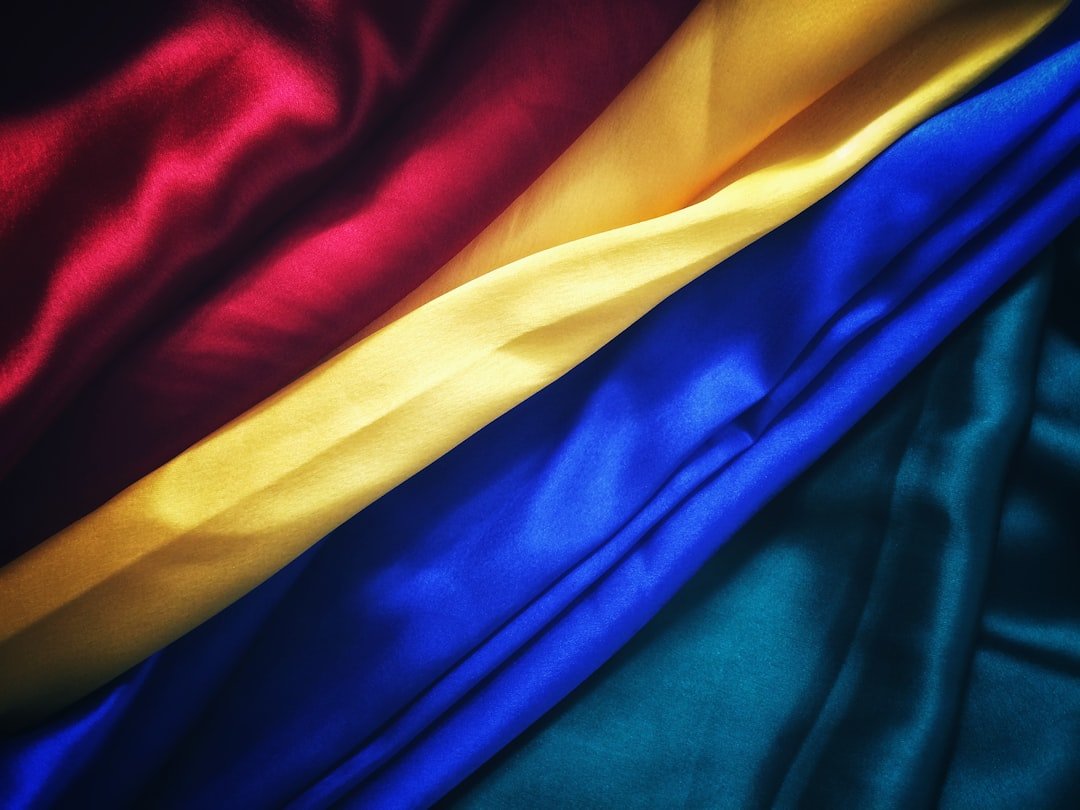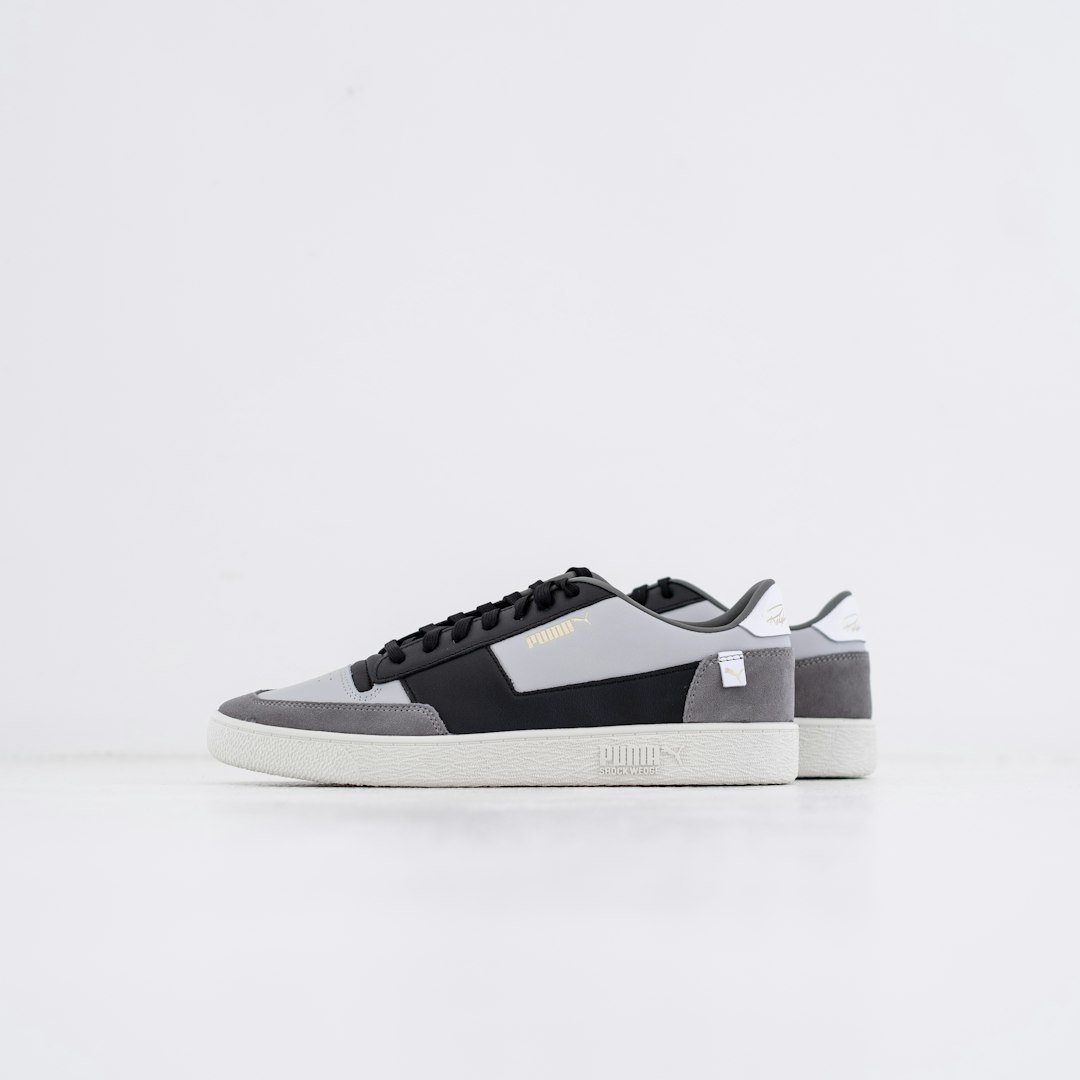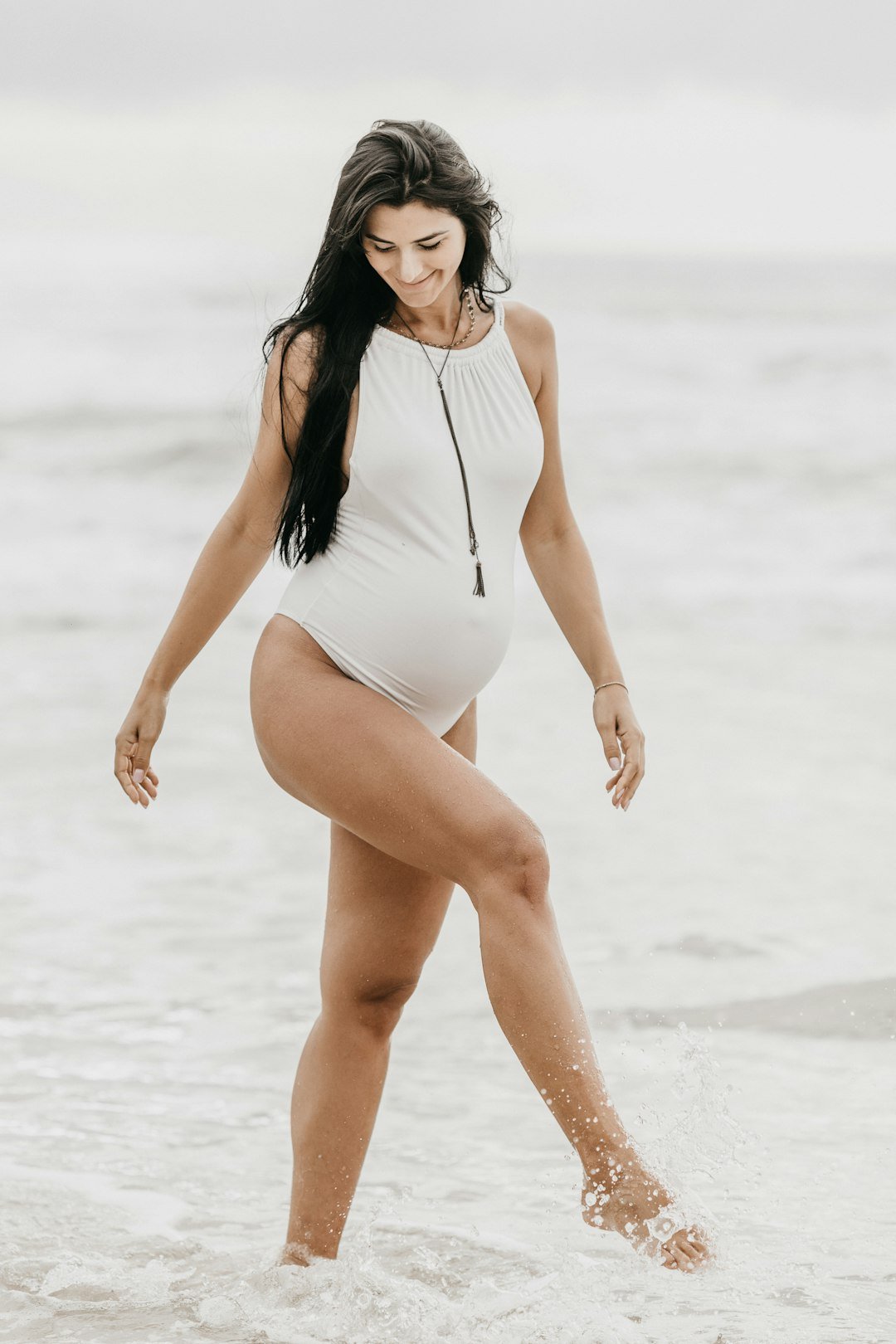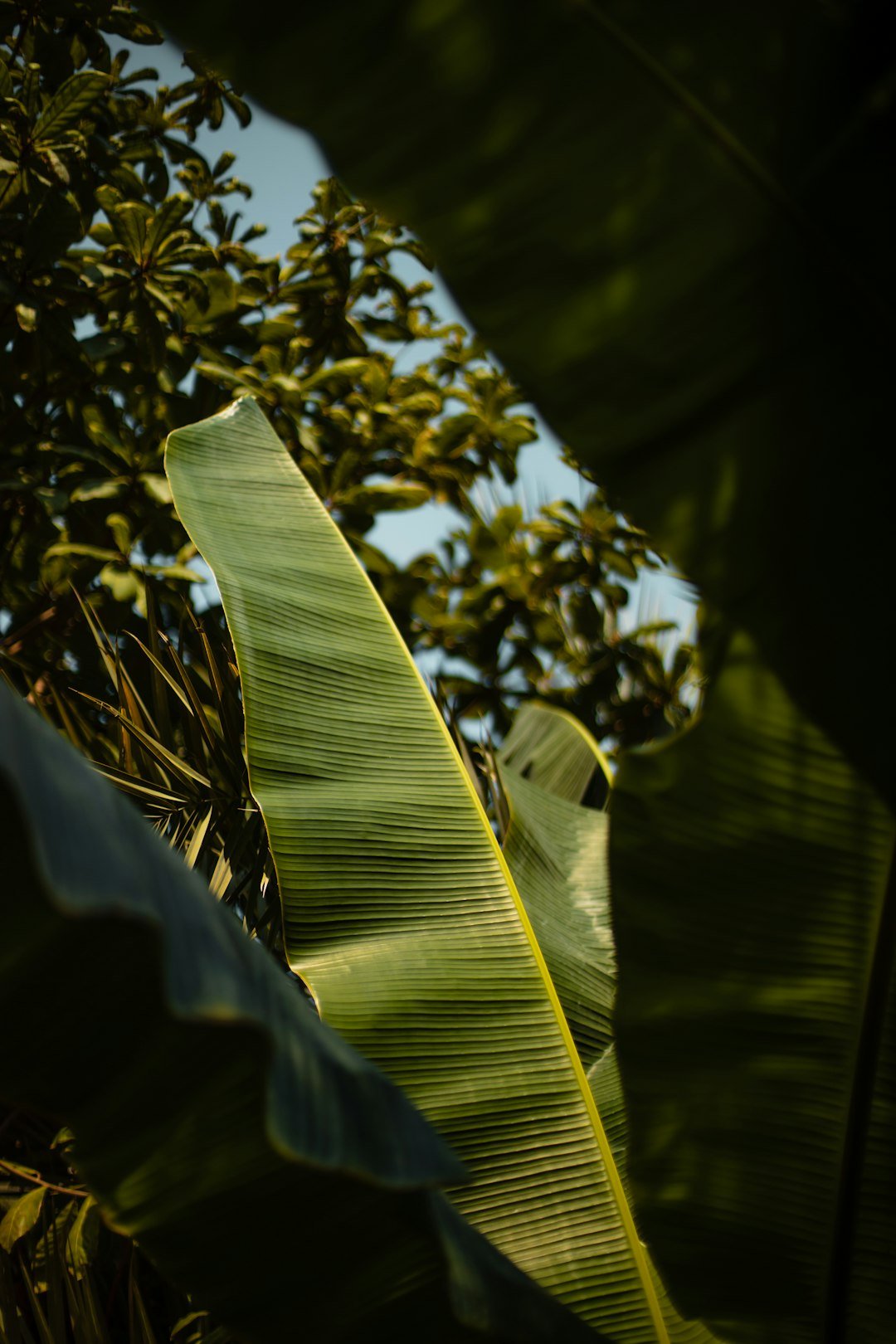
Introduction: The Emergence of Recycled Fabrics
In the realm of eco-friendly fashion, the use of recycled fabrics has gained significant attention. As consumers grow more aware of environmental issues, fashion brands are eager to highlight their use of these sustainable materials. However, the question remains: how genuinely sustainable are these fabrics, and how much is merely a marketing strategy? This article aims to uncover the realities surrounding recycled fabrics, examining their ecological footprint, aesthetic appeal, and whether they represent a lasting shift rather than a fleeting trend.
Defining Recycled Fabrics
Recycled fabrics are textiles produced from repurposed materials, which may include everything from discarded clothing and fabric scraps to plastic bottles. The conversion process transforms these used items into fibers that are then woven into new textiles.
Categories of Recycled Fabrics
There are various types of recycled fabrics, each depending on the source material. Some of the most prevalent include:
- Recycled Polyester: Sourced mainly from plastic bottles, recycled polyester is one of the most widely used fabrics derived from recycled content, making its way into everything from sportswear to jackets.
- Recycled Cotton: Created by processing old cotton textiles, this fabric is often recycled back into fibers suitable for creating new garments.
- Recycled Nylon: Commonly found in activewear and swimwear, recycled nylon is typically derived from discarded fishing nets, fabric remnants, or old clothing.
The Manufacturing Process of Recycled Fabrics
The creation of recycled fabrics involves several steps that vary by material. Generally, the process starts with the collection of waste items, which are then sorted and cleaned before being transformed into fibers. For instance, the journey of recycled polyester begins with collecting plastic bottles that are shredded and melted to produce new fibers, which are subsequently woven into fabric for the fashion industry.
The Ecological Impact of Recycled Fabrics
One of the primary advantages of recycled fabrics is their ability to lessen the environmental toll associated with textile production.
Minimizing Waste and Carbon Emissions
Recycling fabrics plays a crucial role in diverting textile waste from landfills, where it would take years to break down. By utilizing recycled materials, manufacturers can decrease their reliance on virgin resources, significantly lowering the carbon emissions linked to textile production.
Energy Consumption in Recycling
While recycling textiles contributes positively to the environment, it is not devoid of energy expenditures. The processes involved—particularly those that dismantle complex materials like polyester or nylon—can require considerable energy. Nevertheless, these methods generally consume less energy than the production of fabrics from raw resources.
The Fashion Appeal of Recycled Fabrics
A frequent inquiry is whether recycled fabrics can hold their own against traditional textiles in the style department. The concise answer is: absolutely, but with certain caveats.
Where Sustainability Meets Aesthetics
Recycled fabrics have made significant strides in terms of fashion appeal. Numerous brands now produce chic clothing from recycled materials, demonstrating that environmentally conscious fashion can be both stylish and sophisticated. Textiles like recycled polyester and nylon offer durability and versatility while being capable of exuding the same luxurious feel as their non-recycled counterparts.
Leading Brands Utilizing Recycled Fabrics
Several prominent brands have embraced the use of recycled materials, showcasing that sustainability and style can coexist harmoniously. Noteworthy examples include:
- Patagonia: Renowned for its sustainability initiatives, Patagonia incorporates recycled polyester and nylon into many of its products.
- Reformation: This brand features an extensive range of clothing crafted from recycled materials, including items made from post-consumer waste.
- Adidas: In collaboration with Parley for the Oceans, Adidas has developed footwear and apparel made from recycled ocean plastics.
Creative Innovations with Recycled Fabrics
Some fashion designers have taken the initiative to create groundbreaking, visually appealing designs using recycled materials. These innovative creators demonstrate that recycled fabrics can yield high-quality, fashionable garments that cater to eco-conscious consumers without sacrificing style.
The Obstacles Faced by Recycled Fabrics
Despite the progress made with recycled fabrics, challenges remain regarding their quality and availability.
Concerns Regarding Quality
It’s important to note that not all recycled fabrics are of equal quality. In some instances, recycled materials may lack the durability or softness found in virgin fabrics. This is particularly evident with recycled cotton, which can be susceptible to pilling or deformation over time.
Restrictions in Variety and Availability
Although the appetite for recycled fabrics is on the rise, there remains a limited selection of materials. For instance, recycled cotton is often less accessible compared to polyester-based options. This scarcity constrains the range of clothing that can be fashioned from recycled materials, complicating the search for stylish, sustainable choices across all categories.
The Prospective Landscape of Recycled Fabrics
The outlook for recycled fabrics is optimistic, driven by technological advancements and rising consumer interest.
Technological Innovations
With the evolution of technology, the recycling process is becoming increasingly efficient, resulting in higher-quality fabrics and a broader array of options. For example, recent developments in polyester recycling are yielding fibers with a texture reminiscent of virgin polyester.
Consumer Demand Shaping the Industry
As consumer interest in sustainable fashion grows, brands are responding by investing more heavily in recycled fabrics. The market for these textiles is projected to expand, bringing with it an increase in options concerning quality, variety, and pricing.
Conclusion: Are Recycled Fabrics a Mere Marketing Strategy?
So, are recycled fabrics merely a marketing ploy? The answer is a resounding no. These fabrics signify a significant move toward a more sustainable fashion landscape. While challenges related to quality and availability persist, the environmental advantages and the increasing consumer demand for eco-friendly alternatives strongly suggest that recycled fabrics are here to stay. Sustainable, stylish, and progressively more available, recycled fabrics represent not just a trend, but a crucial element of the future of fashion.
Frequently Asked Questions
- What are the primary environmental advantages of recycled fabrics?
Recycled fabrics significantly minimize textile waste, reduce dependency on virgin materials, and lower the carbon emissions associated with fabric production. - Are recycled fabrics as durable as new materials?
Yes, when made from high-quality post-consumer waste, recycled fabrics can achieve durability comparable to that of virgin materials. - What are the drawbacks of using recycled fabrics?
Some recycled fabrics may exhibit lower quality or reduced softness compared to virgin materials, and there might be limited options in terms of variety and availability. - Which brands are known for incorporating recycled fabrics?
Brands like Patagonia, Reformation, and Adidas have gained recognition for their use of recycled materials in their product lines. - What does the future hold for recycled fabrics in the fashion industry?
The future appears bright for recycled fabrics, with ongoing technological advancements and heightened consumer demand fueling further innovation in this sector.


